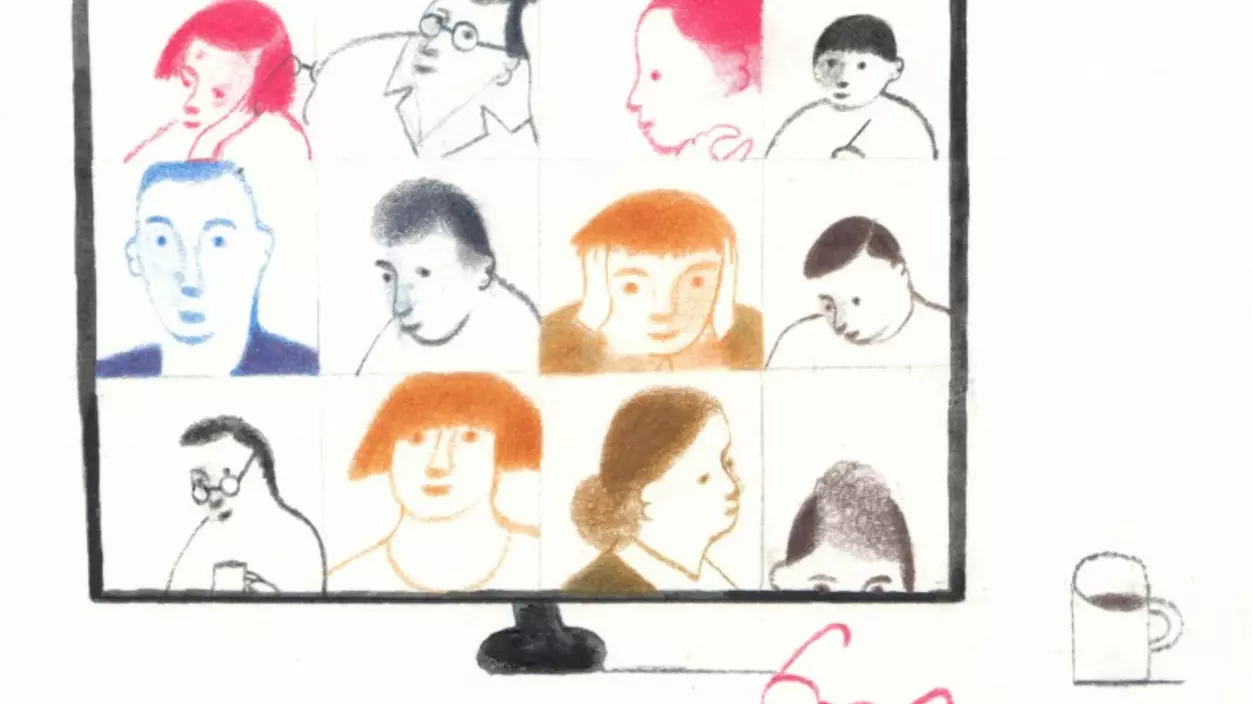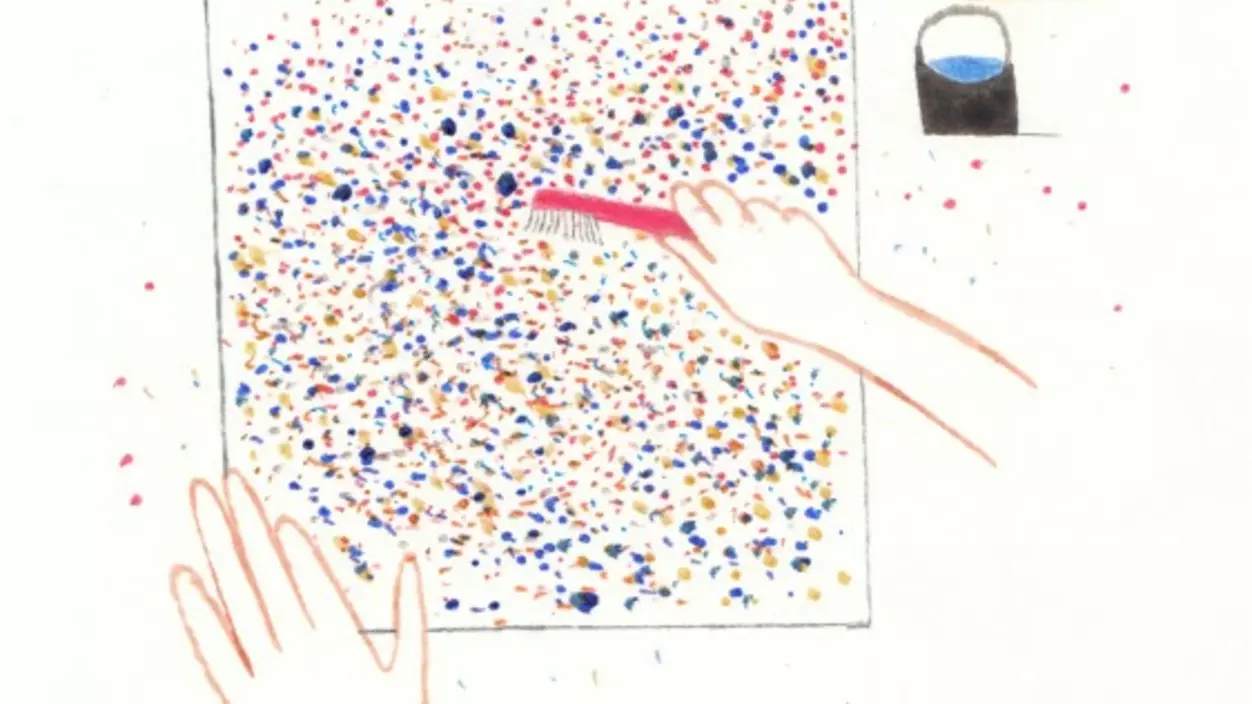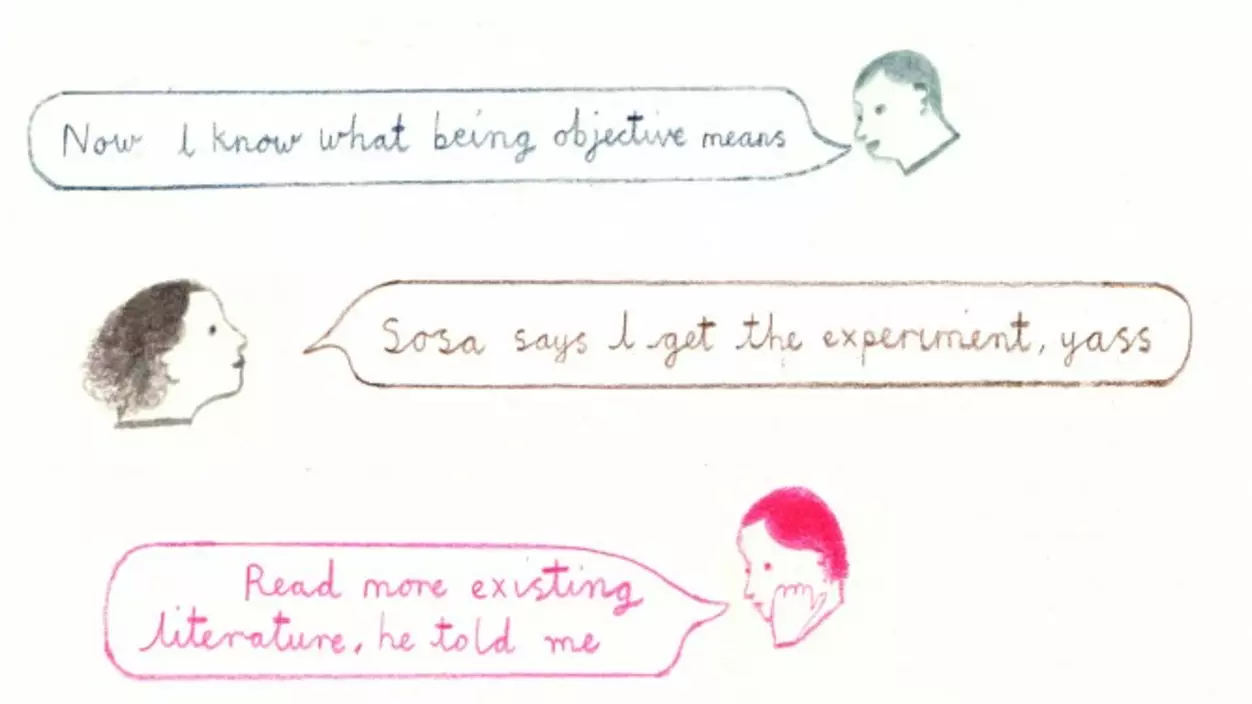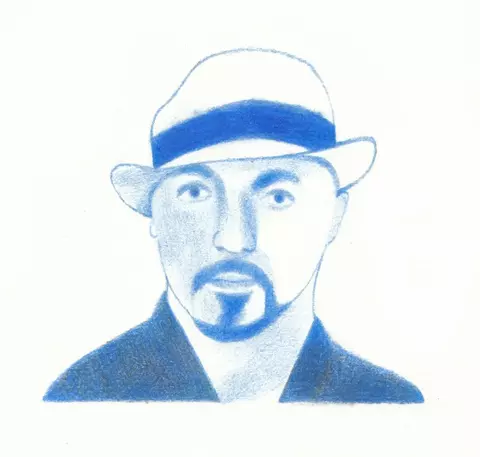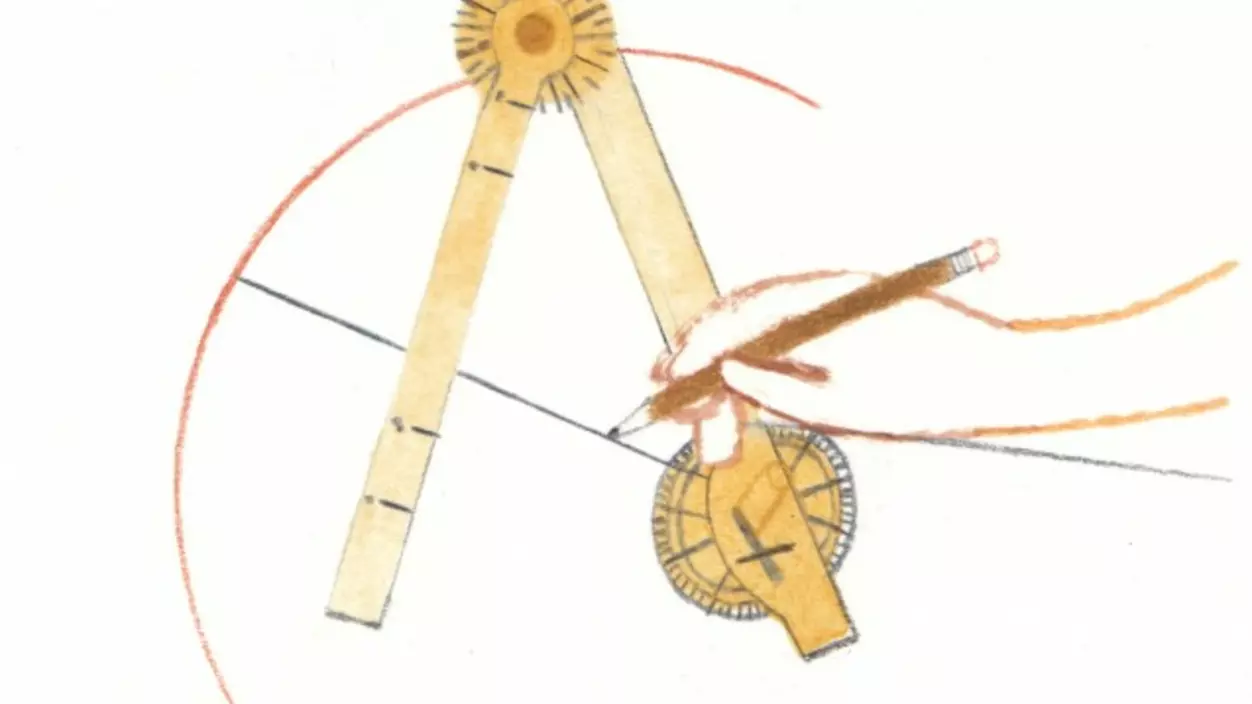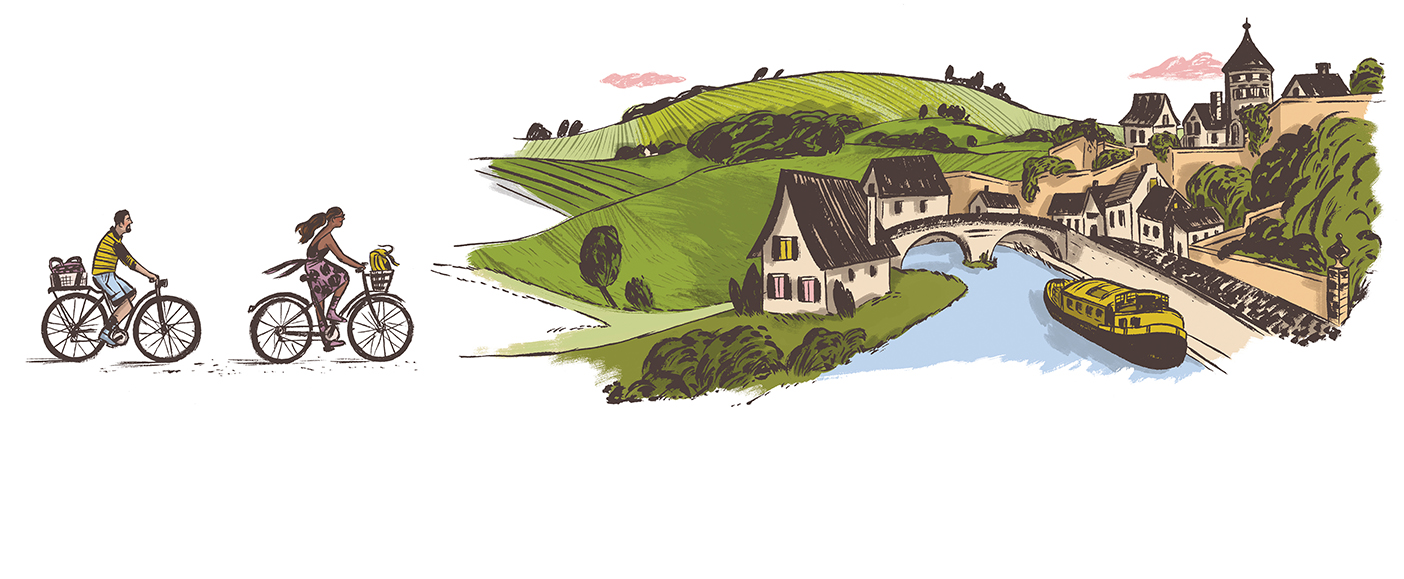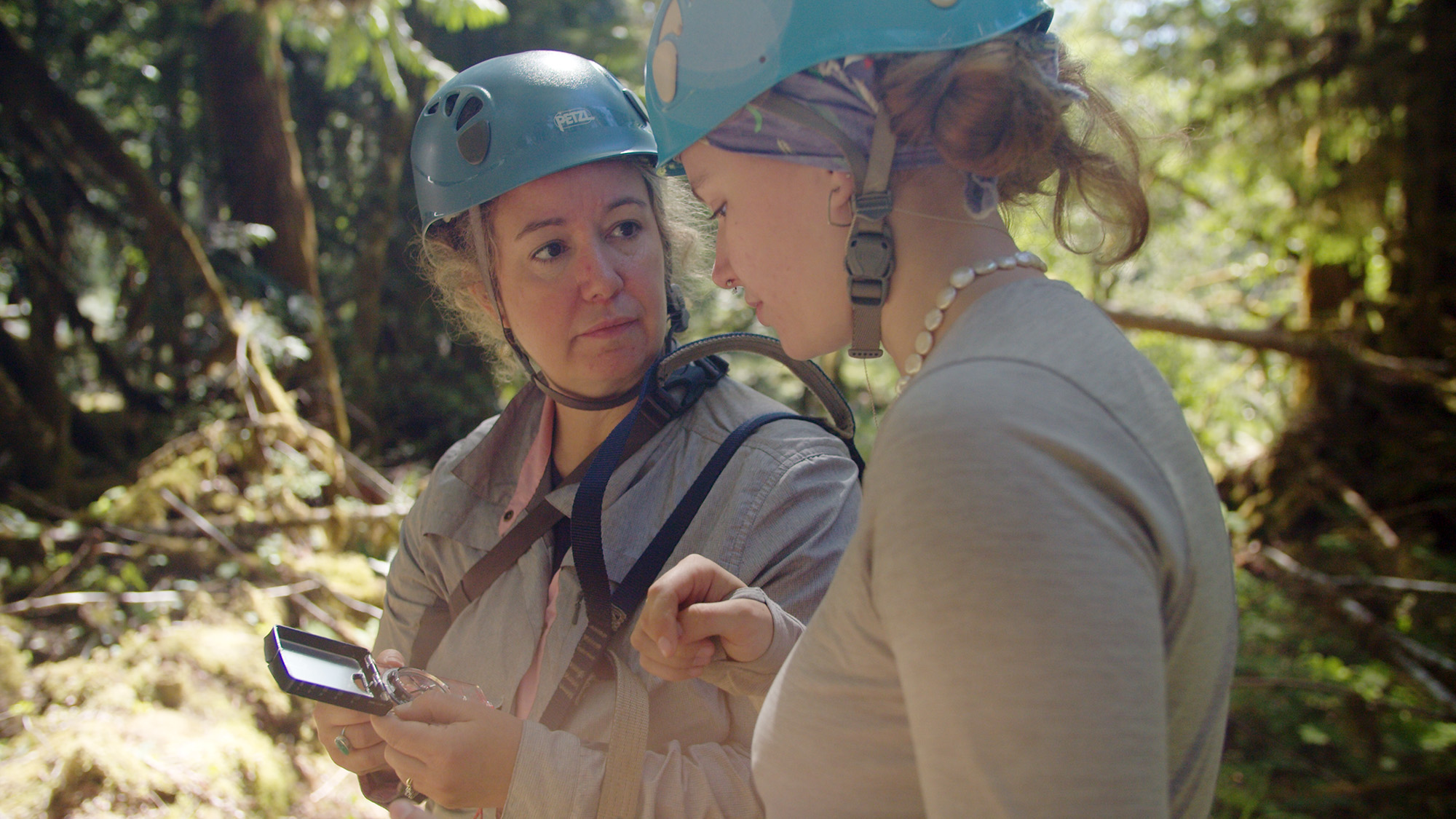What happens when students fan out over five time zones in a matter of days?
Despite the obstacles to teaching and learning while under COVID-19 quarantine orders, the Puget Sound faculty displayed agile and creative adaptability in the crisis. Some professors kept it old school, sending packages of tools and coursework to students’ homes; others went digital, using platforms such as Google Jamboard and Slack. Most courses used one video platform or another, including the campus’s learning management system, Canvas. Here are just a few examples of ways that faculty members adapted.


